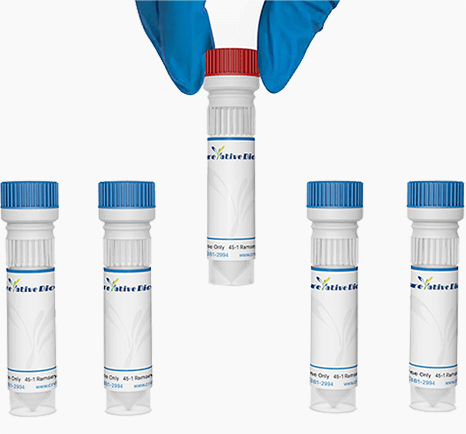Key Details
| Catalog | MAS-0124-YJ5 |
| Applications | FC; IHC |
| Host | Mouse |
| Reactivity | A. castellanii |
| Clonality | Monoclonal |
| Conjugations | Conjugation could be customized |
| Sub CAT. | Applications | Clone | Conjugations | Endotoxin Level | Size | Quantity | |
|---|---|---|---|---|---|---|---|
| MAS-0124-YJ5-A | FC, IHC | UBD4 |
Successfully!
|
Overview
Properties
Target
Overview
| Description | UBD4 is a mouse IgG antibody that recognizes A. castellanii cysts and trophozoites. NFD4 has cross-reactivity of Acanthamoeba castellanii (AC021), Acanthamoeba polyphaga (AC019) (weak), Acanthamoeba polyphaga (AC010), Acanthamoeba lenticulata (AC230) (weak). It do not bind to Acanthamoeba tubiashi (AC064). |
| Reactivity | A. castellanii |
| Applications | FC; IHC |
| Host | Mouse |
| Immunogen |
UBD4: Heat-treated trophozoites UBD5: Trophozoite membrane prepn |
| Isotype |
UBD4: IgG2a kappa UBD5: IgG1 kappa |
| Clonality | Monoclonal |
| Clone | UBD4 |
Properties
| Expression Host | HEK293F/CHO |
| Conjugations | Conjugation could be customized |
| Purification | Protein A/G affinity purified is the regular method |
| Purity | SDS-PAGE> 95% |
| Endotoxin Level | Endotoxin level could be customized |
| Form | Liquid (frequently-used) or lyophilized |
| Concentration | About 1mg/ml. There are differences between batches. Special concentration could be customized. |
| Sterility | 0.2 μM filtered |
| Buffer | See the Datasheet |
| Storage | See the Datasheet |
Target
| Target | A. castellanii |
| Alternative Names | Acanthamoeba castellanii; A. castellanii; Acanthamoeba |
| Introduction | A. castellanii can be found at high densities in various soil ecosystems. It preys on bacteria, but also fungi and other protozoa. This species is able to lyse bacteria and produce a wide range of enzymes, such as cellulases or chitinases, and probably contributes to the breakdown of organic matter in soil, contributing to the microbial loop. |
| Organism | Protozoa |
| Related Disease | Keratitis and granulomatous amoebic encephalitis (GAE) |
| Infections Route | Open wound |
Online Inquiry

